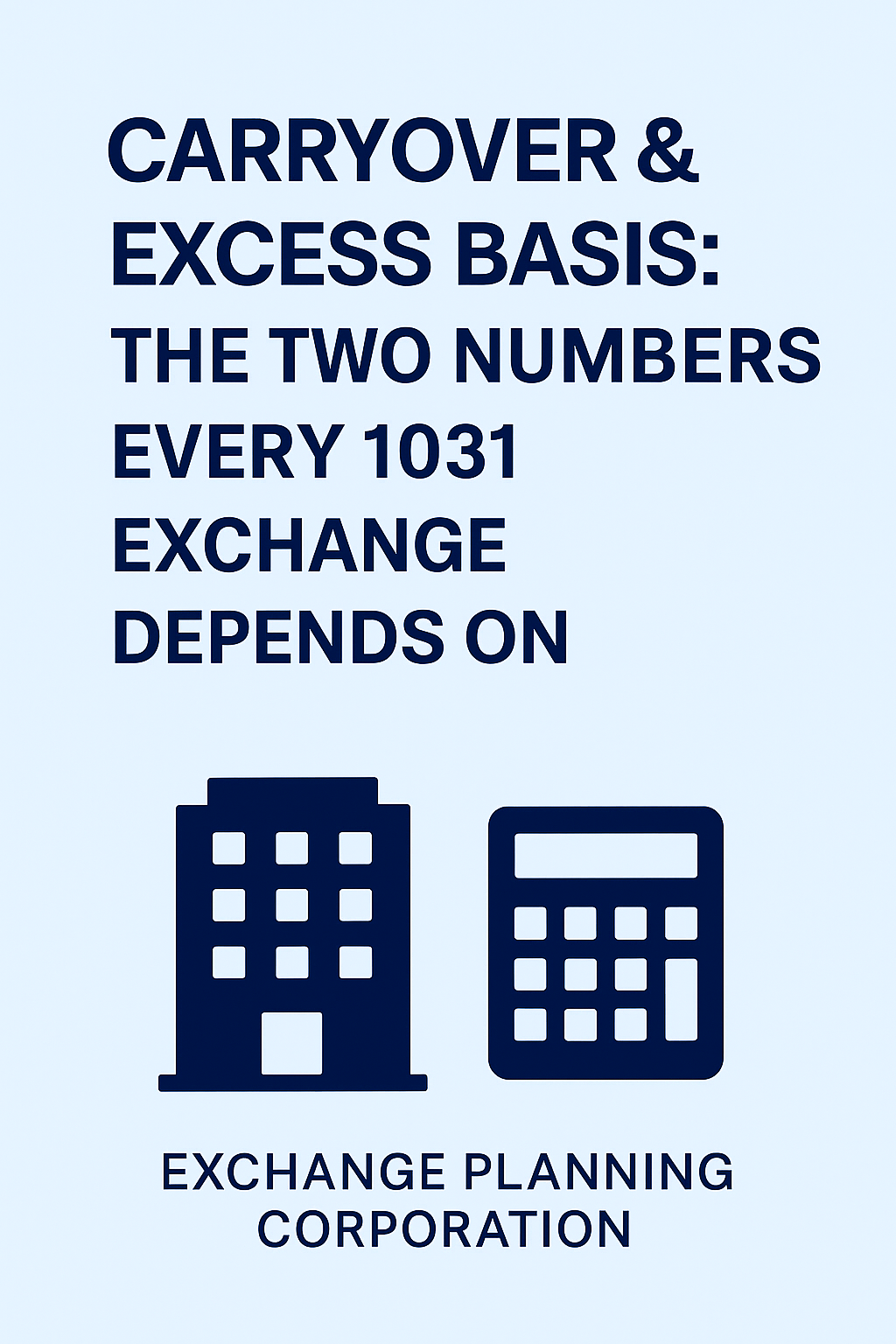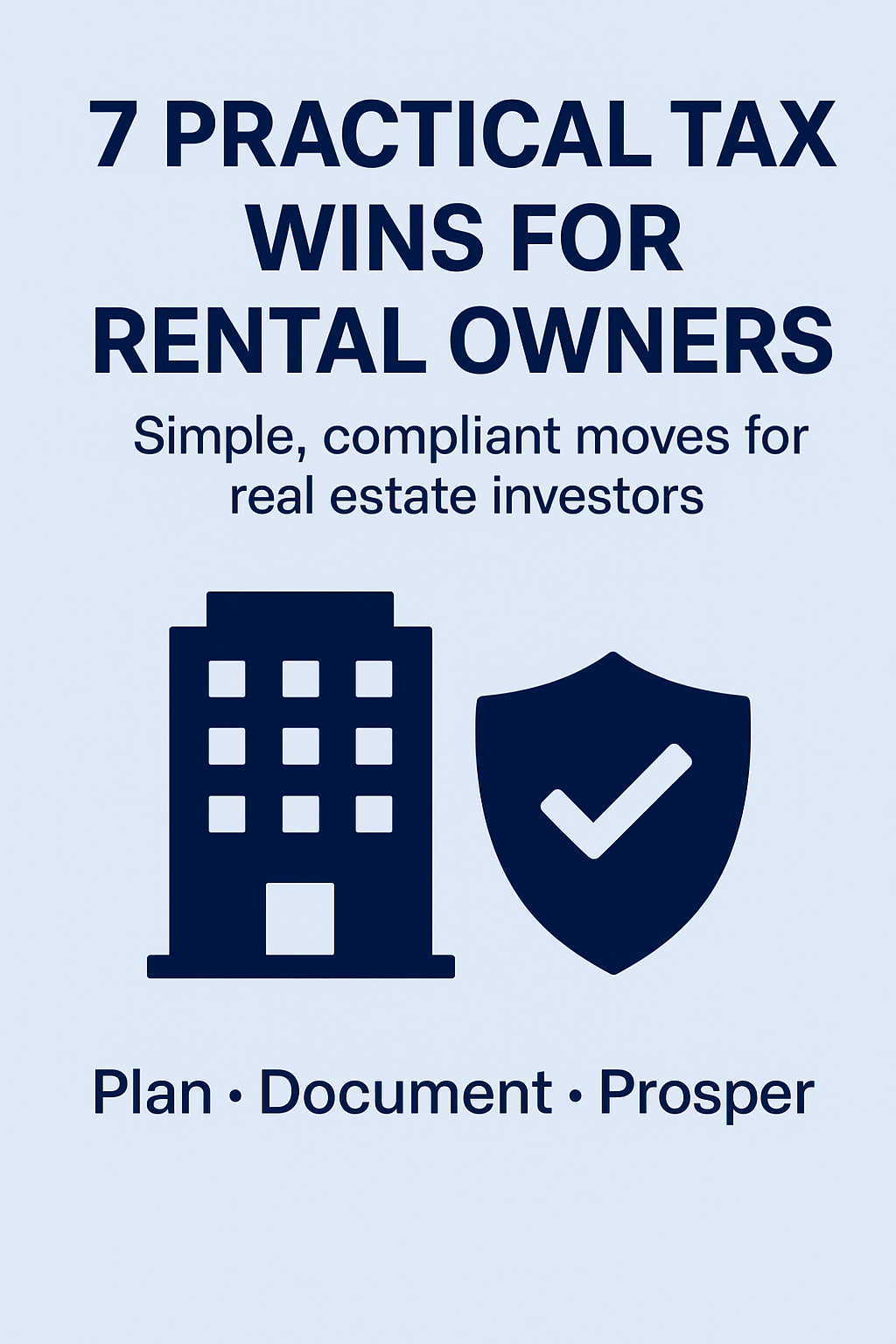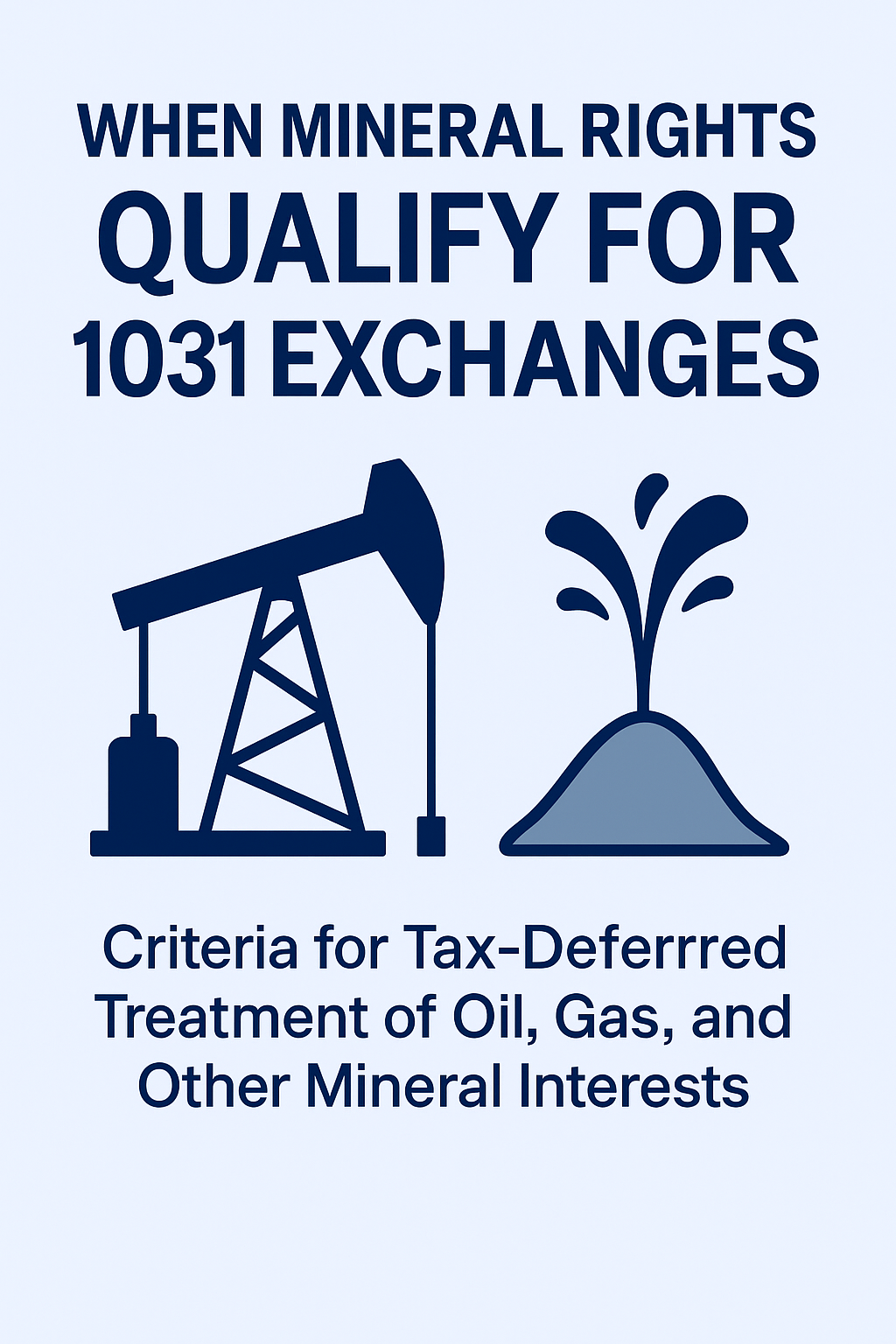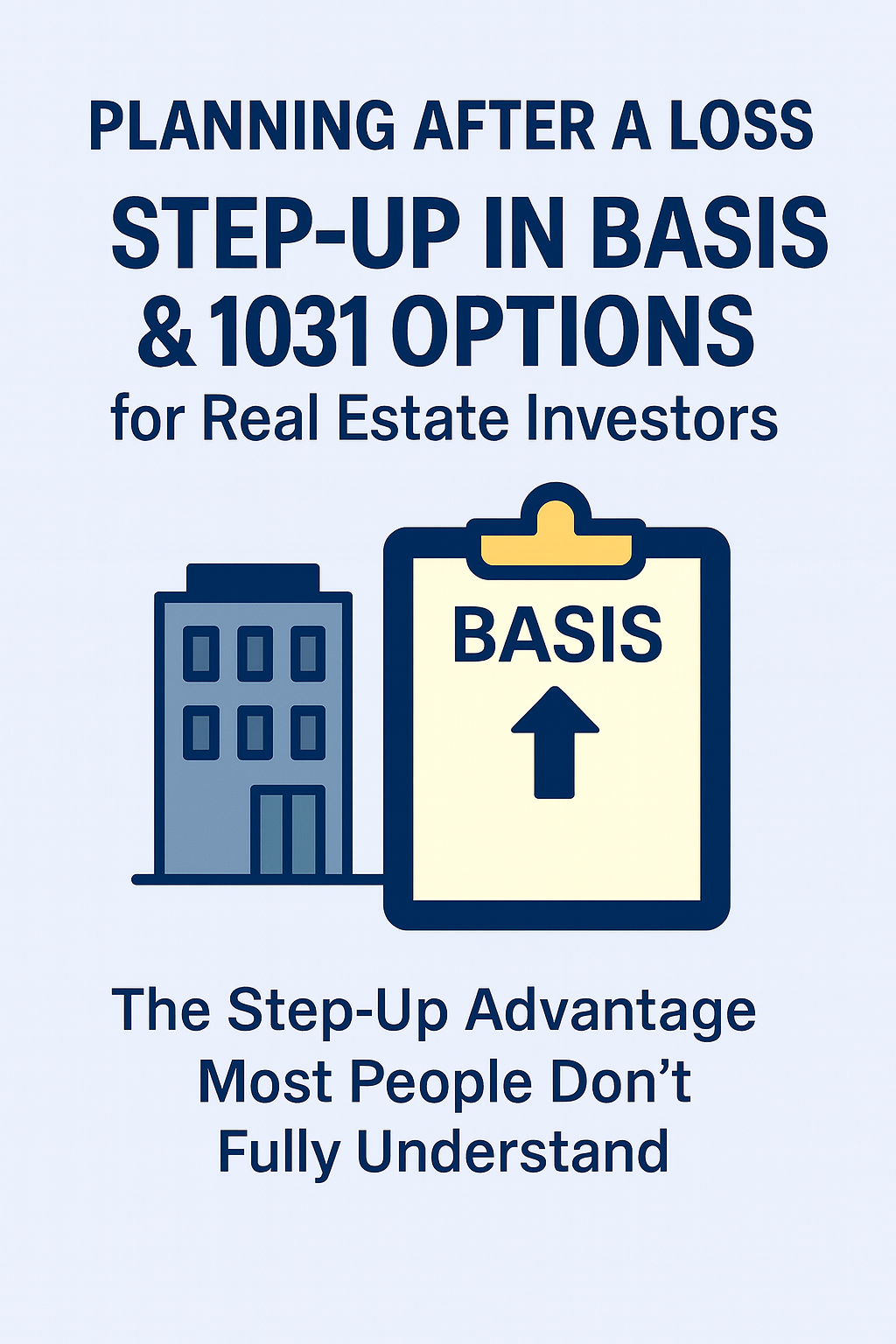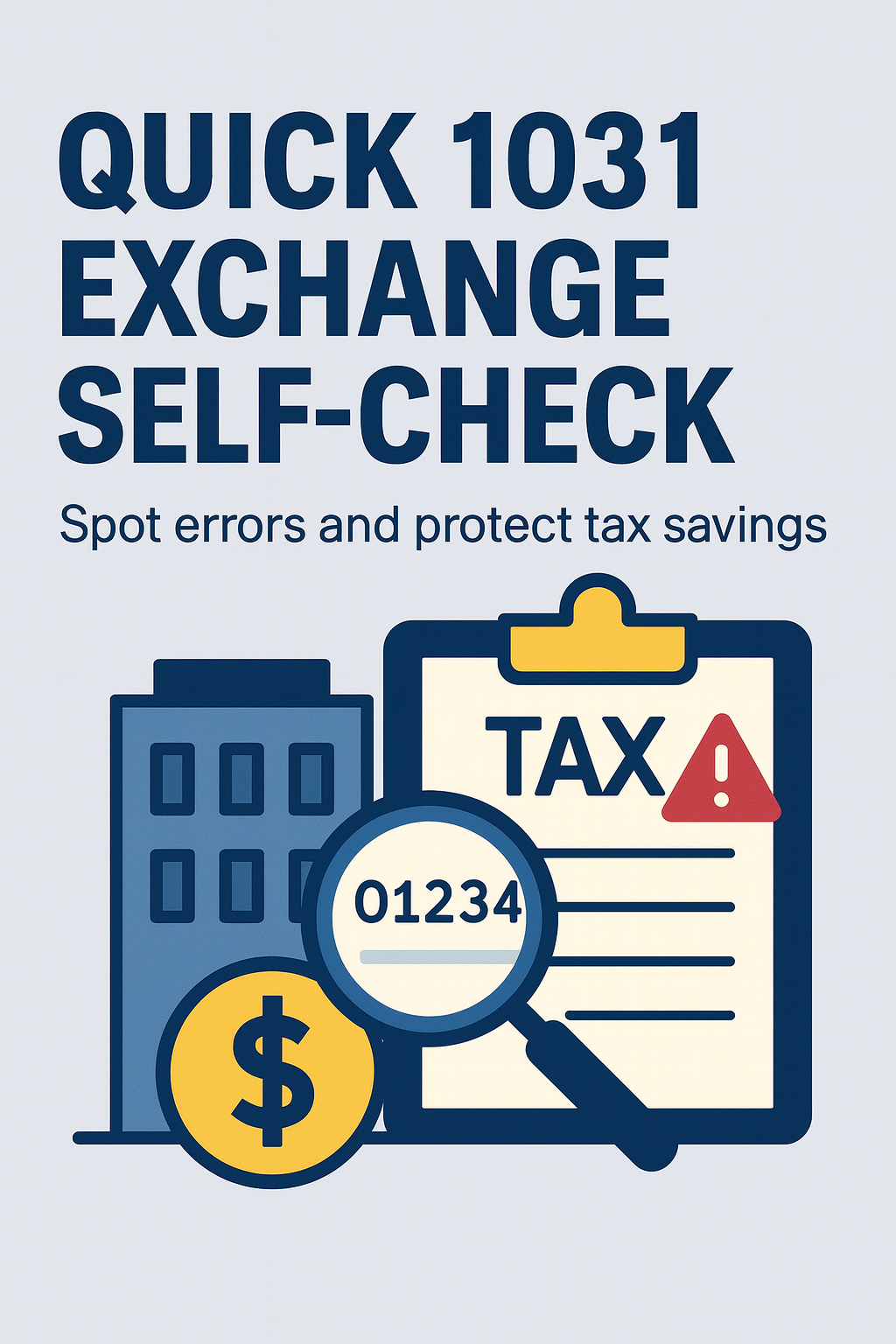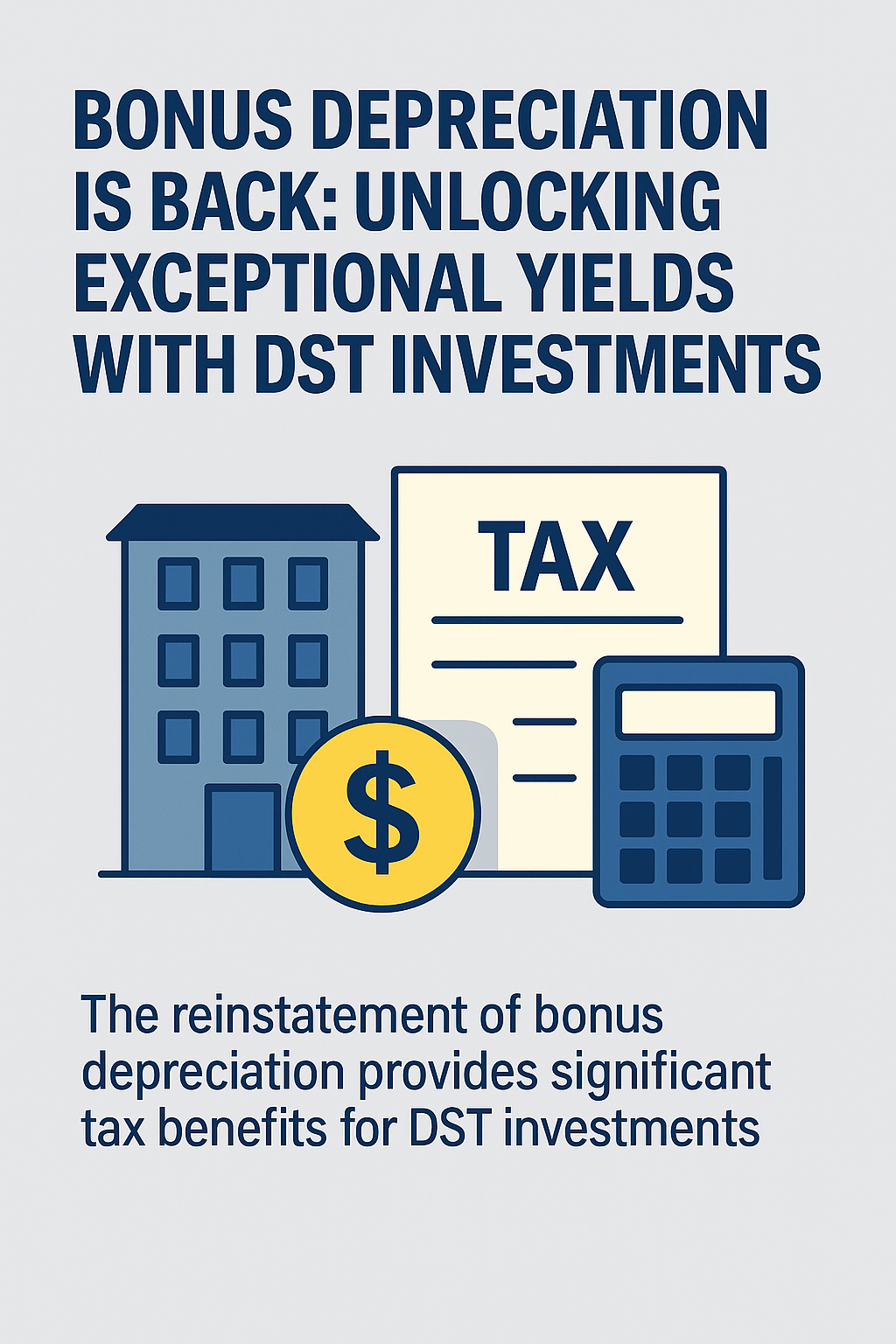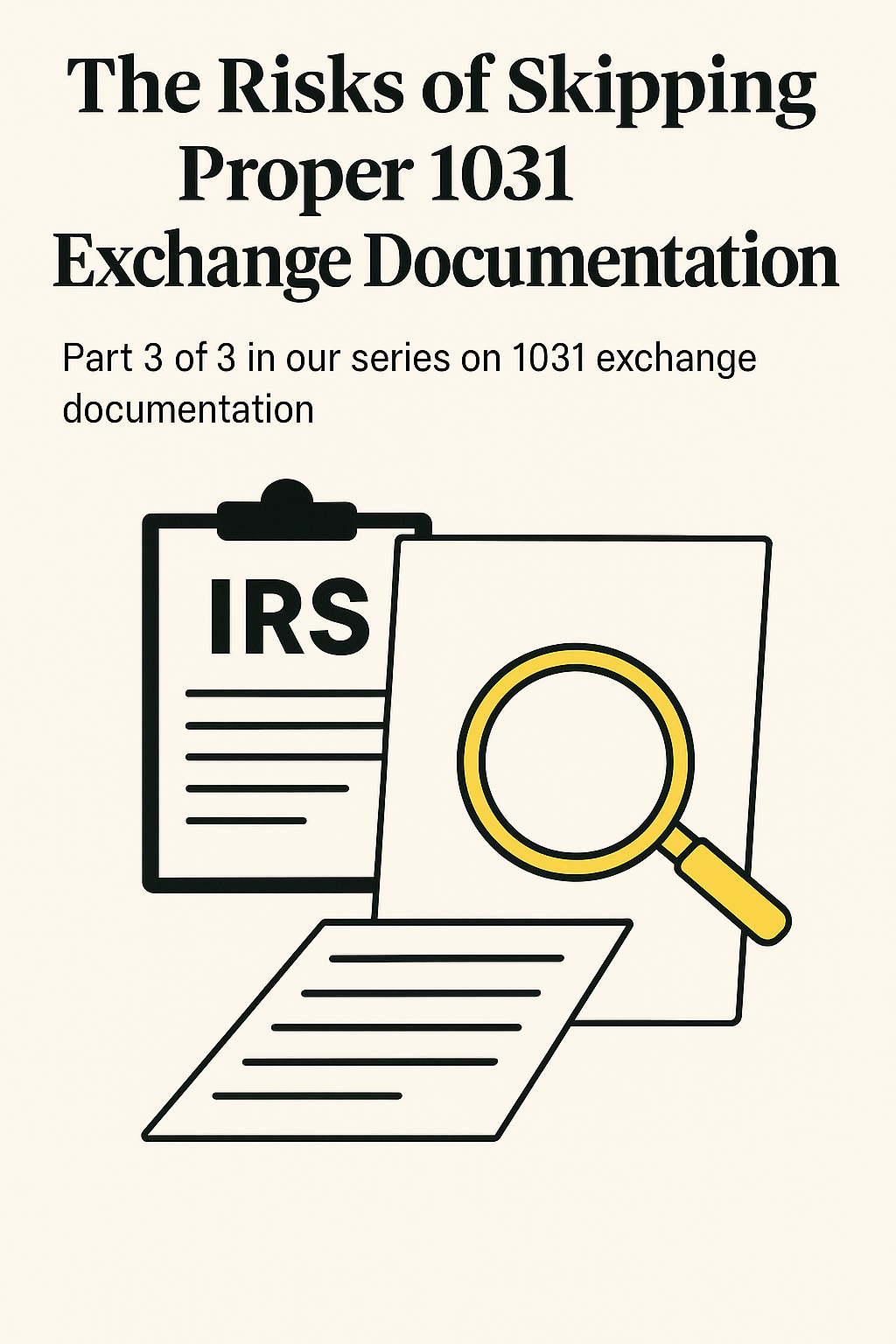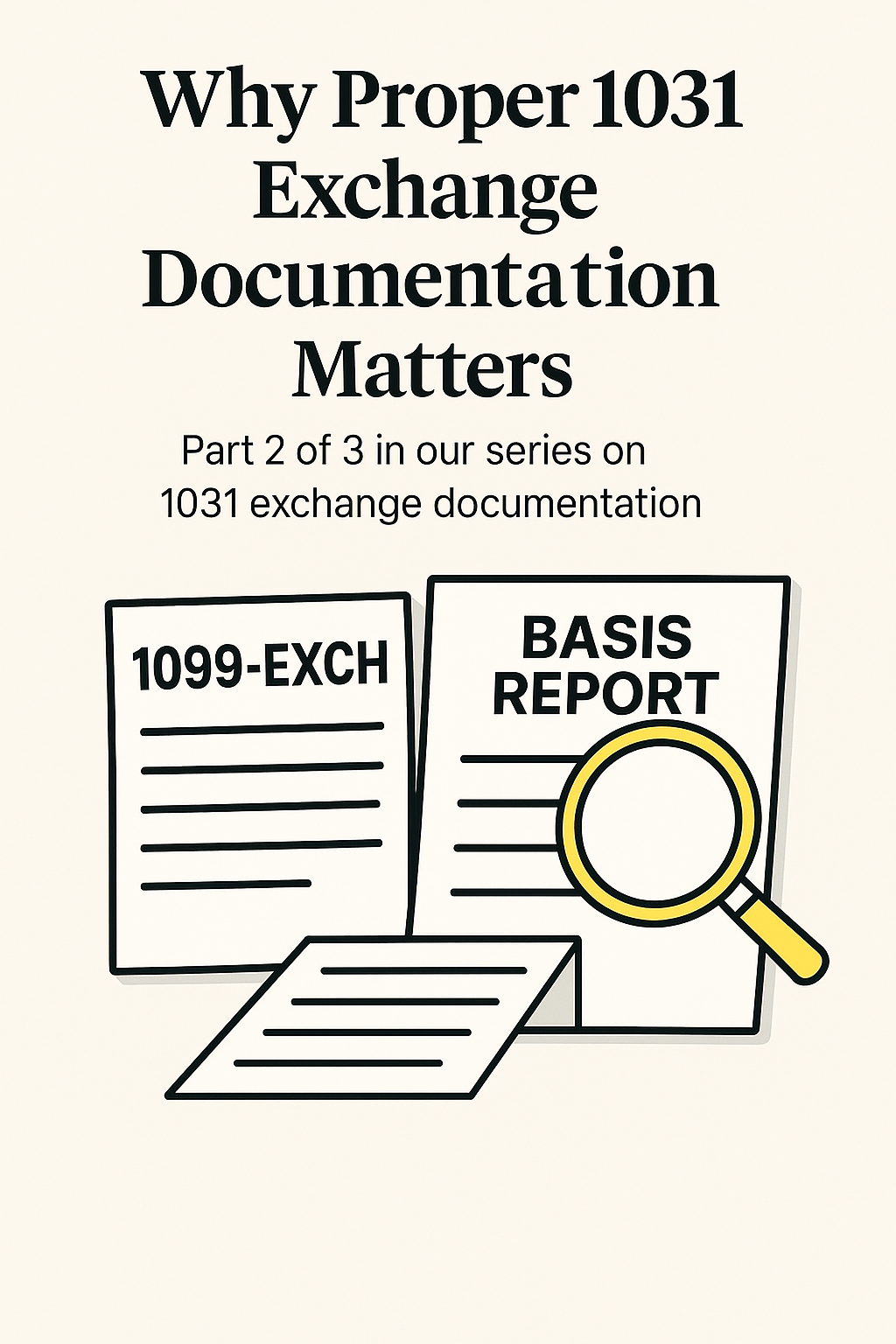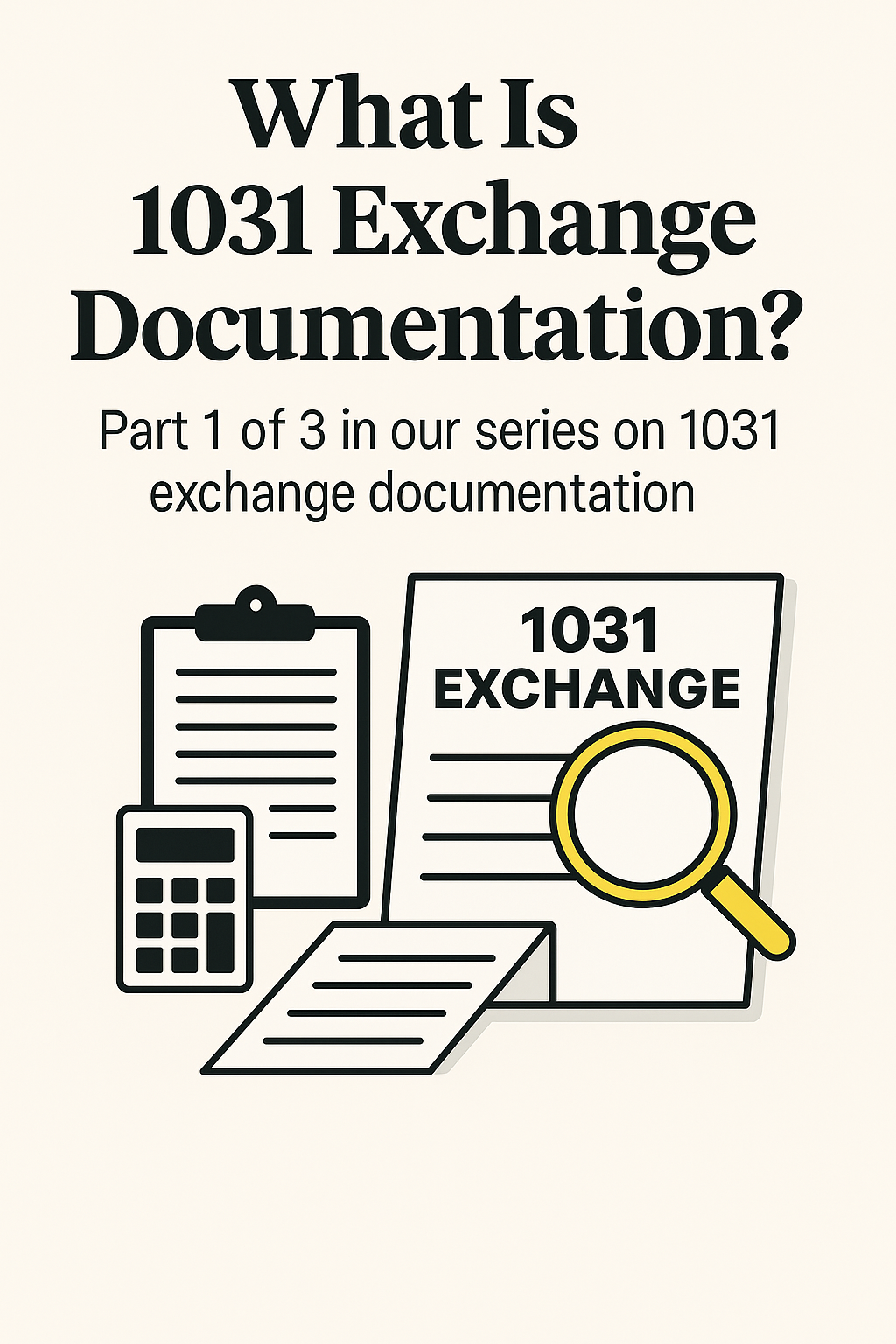We live in a world where financial planning is equated with peace of mind. In our society, having a retirement plan isn’t just advisable – it’s essential. The strategies we hear most about are 401(k)s and IRAs but there are other, less well-known strategies that can boost your retirement strategy. Of course, the one we will look at in this post is the 1031 Exchange, a tax-deferral strategy that can be a game changer for future retirees.
Harmonizing 1031 Exchanges with Your Retirement Strategy
When it comes to retirement planning, diversification is the name of the game. While traditional retirement accounts like 401(k)s and IRAs are essential, they’re not the only tools in the toolbox. Enter the 1031 Exchange, a unique investment vehicle that can serve as a powerful complement to your existing retirement strategy. This tax-deferred real estate investment option offers several advantages that can enhance your retirement planning in ways you might not have considered.
The Power of Passive Income
One of the most attractive features of a 1031 Exchange is its ability to generate passive income. By exchanging one investment property for another, preferably one with more tax benefits, you can increase your after-tax cash flow. This additional income can be particularly beneficial during retirement when you’re no longer earning a regular salary. It serves as another income stream, adding a layer of financial security.
Long-Term Tax Benefits
The tax-deferred nature of a 1031 Exchange is a significant advantage. Not only do you defer capital gains tax on the sale of your initial property, but you also have the opportunity to grow your investment tax-free over the long term. This deferred tax liability can be a strategic component of your overall retirement plan, allowing you to reinvest the money you would have paid in taxes into other lucrative investment opportunities.
Diversification Beyond Stocks and Bonds
Most retirement portfolios consist of a mix of stocks and bonds. Real estate can add another layer of diversification. A 1031 Exchange allows you to diversify your real estate holdings without incurring immediate tax consequences. This can be particularly useful if you’re looking to shift your investments into different markets or types of properties, such as moving from residential to commercial real estate.
Wealth Preservation and Estate Planning
Another often-overlooked advantage of a 1031 Exchange is its role in estate planning. If you hold onto your investment property until you pass away, your heirs could inherit the property at a stepped-up basis. This means the tax savings that you enjoyed will never have to be repaid,preserving more of your hard-earned wealth within the family.
Navigating the Regulatory Landscape
While the benefits are numerous, it’s crucial to remember that a 1031 Exchange comes with its own set of rules and regulations. For instance, the “like-kind” requirement and the strict timelines for identifying and closing on a new property are non-negotiable. Failure to adhere to these rules could result in a hefty tax bill, negating the benefits of the exchange. Therefore, it’s highly recommended to consult with tax professionals and financial advisors who are well-versed in 1031 Exchanges to guide you through the process.
Crafting Your 1031 Exchange Strategy
When it comes to integrating a 1031 Exchange into your retirement plan, a one-size-fits-all approach won’t cut it. Here are some tailored strategies to consider:
- Define Your Investment Goals: Are you looking for monthly cash flow, asset appreciation, or a mix of both? Knowing what you want will guide your property selection.
- Due Diligence is Key: Don’t just jump at the first property you see. Research potential replacement properties thoroughly, considering factors like location, market growth, and tenant profiles.
- Consider Delaware Statutory Trusts (DSTs): If you’re looking to diversify without the day-to-day hassles of property management, a DST could be an excellent option. It allows you to own a fractional interest in large, income-generating properties like apartment complexes or shopping centers.
- Stay Market-Savvy: Keep an eye on market trends and be prepared to adjust your strategy. This could mean offloading underperforming assets or doubling down on properties in emerging markets.
- Don’t Neglect Tax Implications: Always keep the IRS in mind. Work with a tax specialist to ensure you’re following all rules and making moves that optimize your tax situation.
By taking a proactive, informed approach and leveraging professional advice, you can successfully incorporate 1031 Exchanges into your retirement planning. This strategy can offer you not only diversified income streams but also long-term benefits that could make your golden years truly golden.
Wrapping It Up: The Long Game of 1031 Exchanges in Your Retirement Strategy
In conclusion, the 1031 Exchange isn’t just a tax loophole or a quick way to make a buck; it’s a strategic tool that can significantly enhance your retirement planning. Understanding the intricacies of this tax-deferred exchange, weighing the associated risks, and seeking professional guidance are crucial steps in leveraging this strategy effectively. When done right, a 1031 Exchange can provide you with a robust financial cushion, allowing you to live out your retirement years in comfort and security.
By keeping these considerations at the forefront and collaborating with skilled professionals, you can integrate 1031 Exchanges into a well-rounded retirement strategy. It’s not just about deferring taxes or diversifying assets; it’s about creating a sustainable income stream and a legacy that can benefit you and your heirs for years to come. With due diligence, strategic planning, and a proactive mindset, you can leverage 1031 Exchanges to secure a financially stable and fulfilling retirement.



